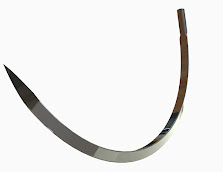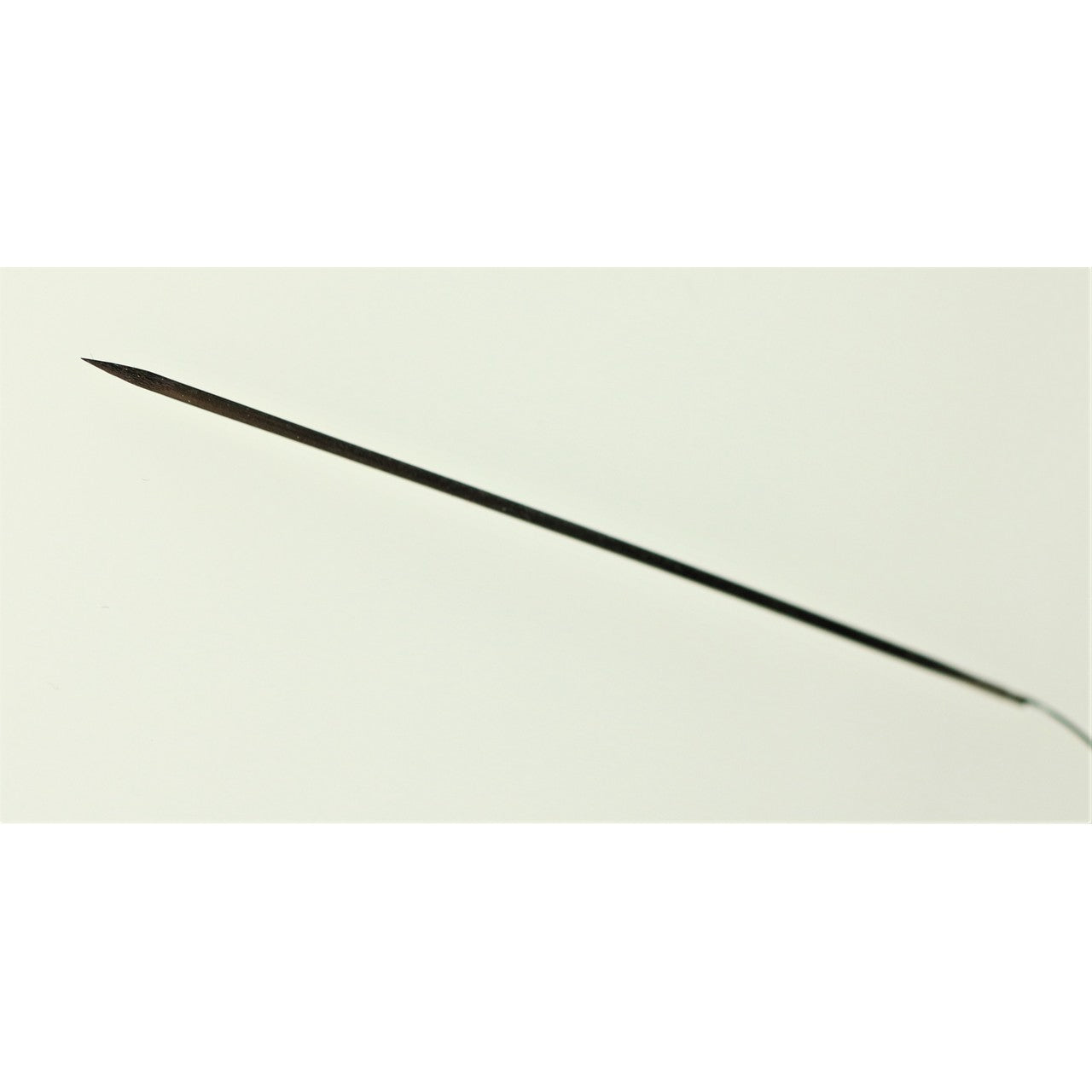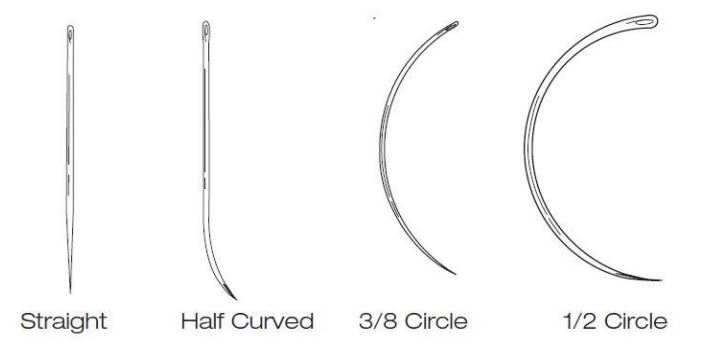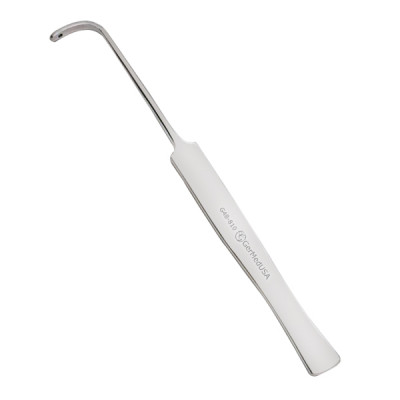Surgical Needles
SURGICAL NEEDLES
A) On the basis of its edge/ points:
i) Cutting Body Needles
It has cutting edge at one end so easy to push a needle. It is used for suturing tough, coarse tissue, such as muscle, skin, and fascia.ii) Hagedorn needle ( flat from side to side)
iii) Taper cut needle
iv) Reverse cutting needle.
B) On the basis of its curvature
a)Straight needle
b) Curved needle
i)
½
circle
ii)
Full
circle
iii) 5/8 circle
Straight needles= Used to suture subcutaneous tissue and skin and fro securing wound drains. They can be used at superficial level.
●It can be used without needle
holder.
Curved needles= Sewing at deeper levels require curved needles, as to suture here requires a semicircular movement of the wrist. They are used with help of needle holder.
A) On the basis of its Eye.
i) Traumatic eye needle
ii) Atraumatic eyeless needle=which has suture swaged to it
PARTS OF A NEEDLE
FIGURE shows cross section of three important
parts of the surgical needle
1) Tip of the needle
2) Body of the needle
3) Eye of the needle
§ Traumatic eye needle has an eye at the blunt end through which suture material is threaded. It causes relatively more trauma, because the suture material gets doubled up at the end of its eye. When used for sewing.it is now less commonly used and only used by older surgeons.
§ In Atraumatic type, the suture material is swaged into the blunt end of the needle. This causes much less trauma. Atraumatic needles are used in fine surgery as in eye, face, blood vessels etc. They are costly. It can be used only once.
§ In cross sections needles may be round (О), triangular (∆) and flat (−).
§In choosing the size of the needle it should be remembered that the deeper the tissues to be sutured the more curved should be the needles.
SPECIFIC USES OF VARIOUS TYPES OF NEEDLES:
● Cutting edge needle = used for stitching tough structures like skin and fascia.
● Round body needle= used for
suturing soft and delicate structures.
● Straight needle= used for giving
mattress suture in the skin.
Note= Needles shall never be sterilized by boiling or autoclaving as it destroys the edge of the needle. It may be sterilized by dipping in Gluteraldehyde or Lysol.
ANEURYSM NEEDLE
● It was devised for ligating the aneurysms.
Features:
1) It is a blunt tipped instrument
which resembles a hook.
2) The tip has got an eye and it may
be curved.
Uses:
1) It is used for ligating an
aneurysm.
2) It is used to hook out and ligate
the vein during venesection.
3) It is used to ligate the cystic duct.











Comments
Post a Comment